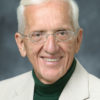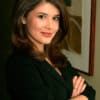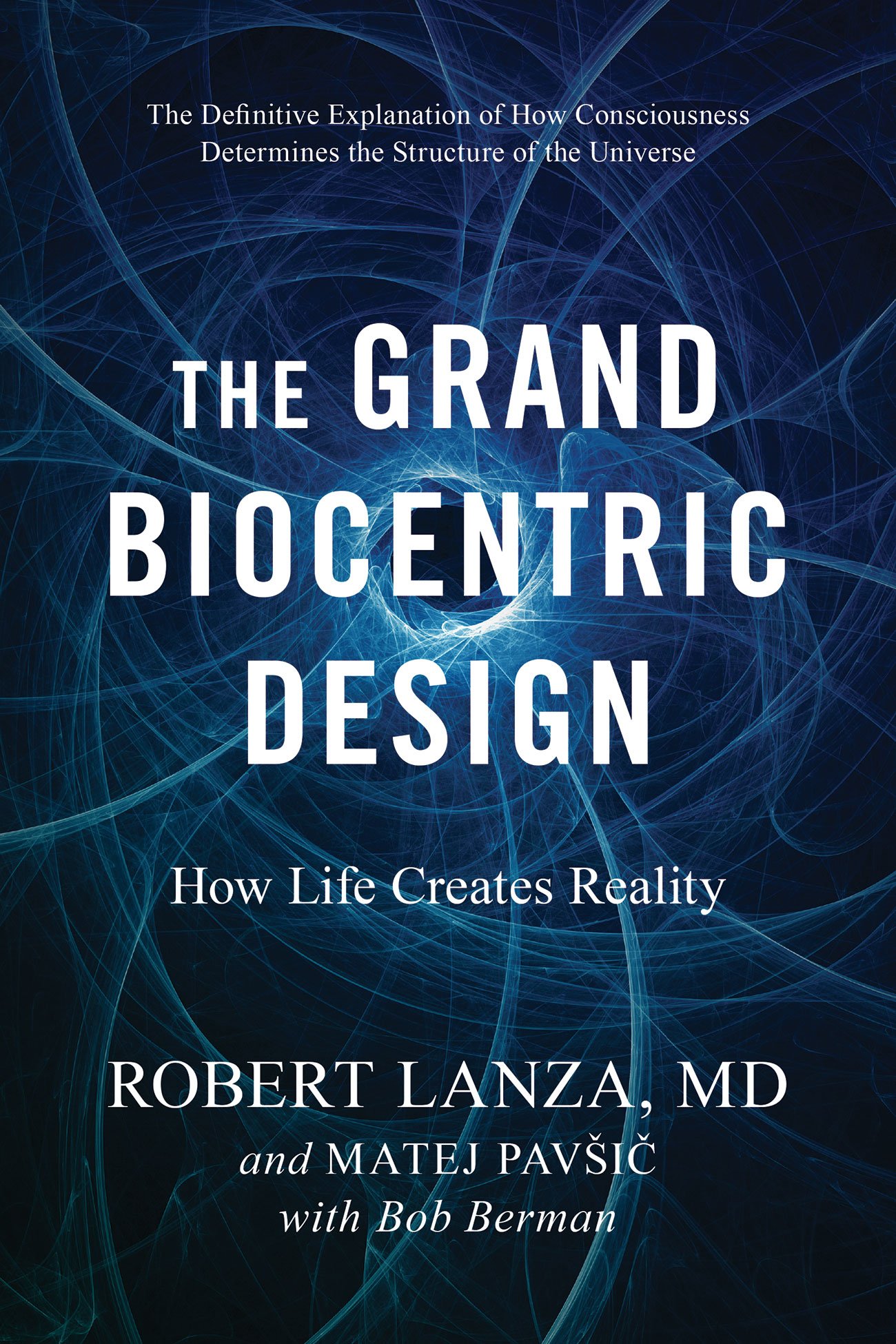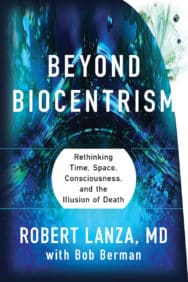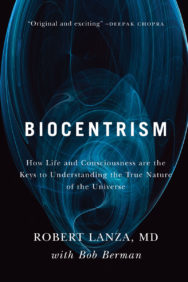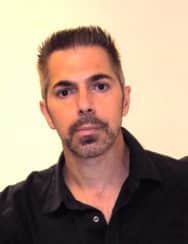
Robert Lanza, MD is one of the most respected scientists in the world-a U.S. News & World Report cover story called him a “genius” and “renegade thinker,” even likening him to Einstein. Lanza is head of Astellas Global Regenerative Medicine, Chief Scientific Officer of the Astellas Institute for Regenerative Medicine, and adjunct professor at Wake Forest University School of Medicine. He was recognized by TIME magazine in 2014 on its list of the “100 Most Influential People in the World.” Prospect magazine named him one of the Top 50 “World Thinkers” in 2015. He is credited with several hundred publications and inventions, and more than 30 scientific books, including the definitive references in the field of stem cells and regenerative medicine. A former Fulbright Scholar, he studied with polio pioneer Jonas Salk and Nobel Laureates Gerald Edelman and Rodney Porter. He also worked closely (and coauthored a series of papers) with noted Harvard psychologist B. F. Skinner and heart transplant pioneer Christiaan Barnard. Dr. Lanza received his undergraduate and medical degrees from the University of Pennsylvania, where he was both a University Scholar and Benjamin Franklin Scholar. Lanza was part of the team that cloned the world’s first human embryo, as well as the first to successfully generate stem cells from adults using somatic-cell nuclear transfer (therapeutic cloning). In 2001 he was also the first to clone an endangered species, and recently published the first-ever report of pluripotent stem cell use in humans.
Go to the Author Page
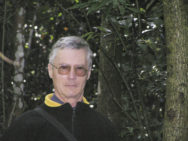
Matej Pavšič is a physicist interested in foundations of theoretical physics. During his more than forty years of research at the Jozef Stefan Institute in Ljubljana, Slovenia, he often investigated the subjects that were not currently of wide interest, but later became hot topics. For example, in the 70s he studied higher dimensional, Kaluza-Klein, theories when they were not very popular, and in the 80s he proposed an early version of the braneworld scenario that was published, among others, in Classical and Quantum Gravity. Altogether, Pavšič published more than one hundred scientific papers and the book The Landscape of Theoretical Physics: A Global View. He is among the pioneering authors in topics such as mirror particles, braneworld, and Clifford space, and has recently published important works explaining why negative energies in higher derivative theories are not problematic, which is crucial for quantum gravity. Pavšič studied physics at the University of Ljubljana. After obtaining his master’s degree in 1975, he spent a year at the Institute of Theoretical Physics in Catania, Italy, where he collaborated with Erasmo Recami and Piero Caldirola. Under their supervision he completed his PhD thesis which he later defended at the University of Ljubljana. Pavšič has participated at many conferences as an invited speaker and regularly visited the International Centre for Theoretical Physics (ICTP) in Trieste.
Go to the Author Page
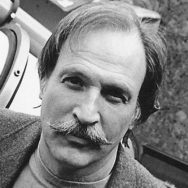
Bob Berman is one of the best known and most widely read astronomers in the world. He’s Astronomy magazine’s “Strange Universe” columnist as well as Discover Magazine’s astronomy columnist since 1989, and is responsible for the astronomy section of the Old Farmers Almanac. He is perhaps uniquely able to translate complex scientific concepts into language that is understandable to the casual observer yet meaningful to the most advanced.
Go to the Author Page




